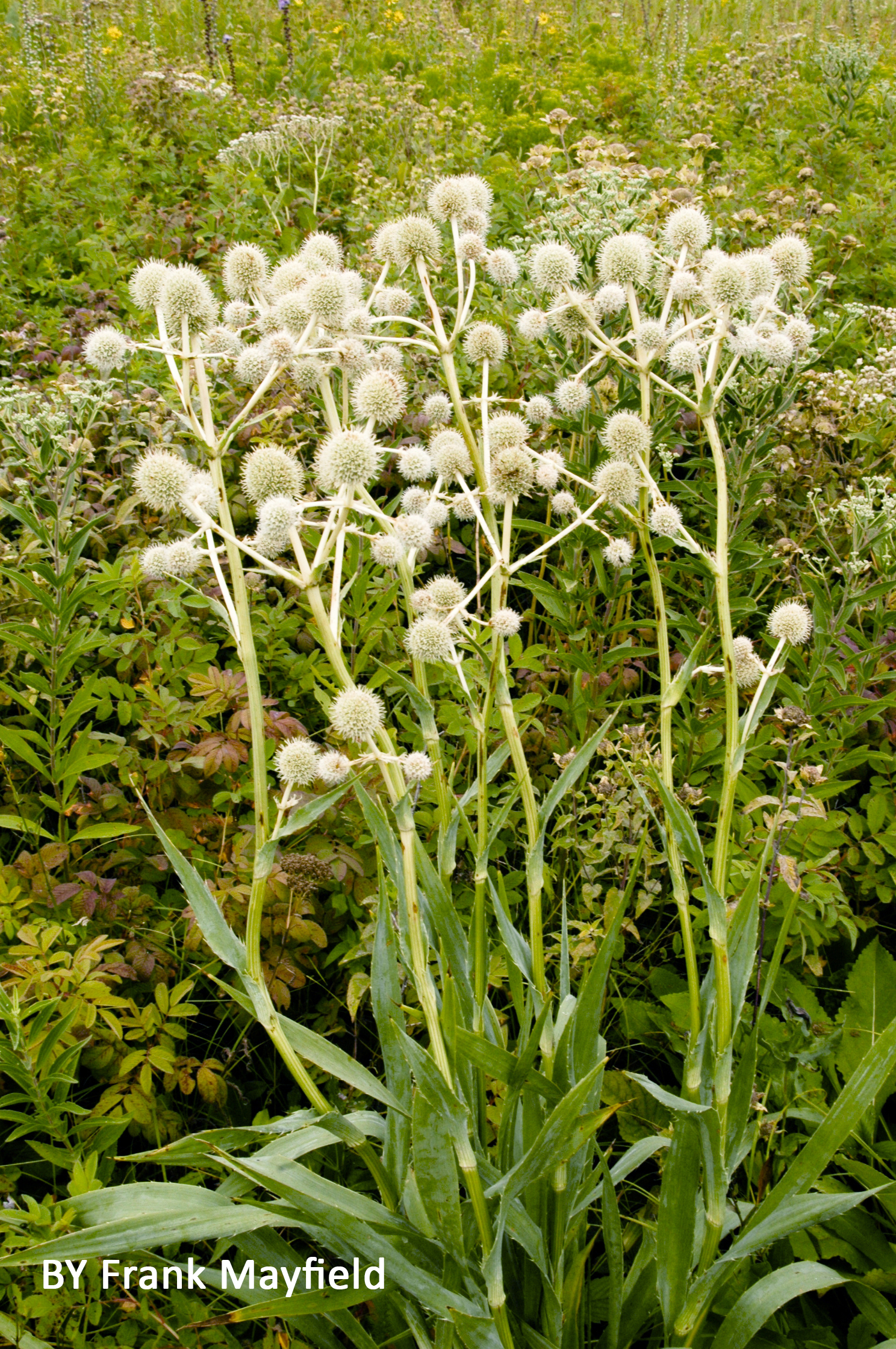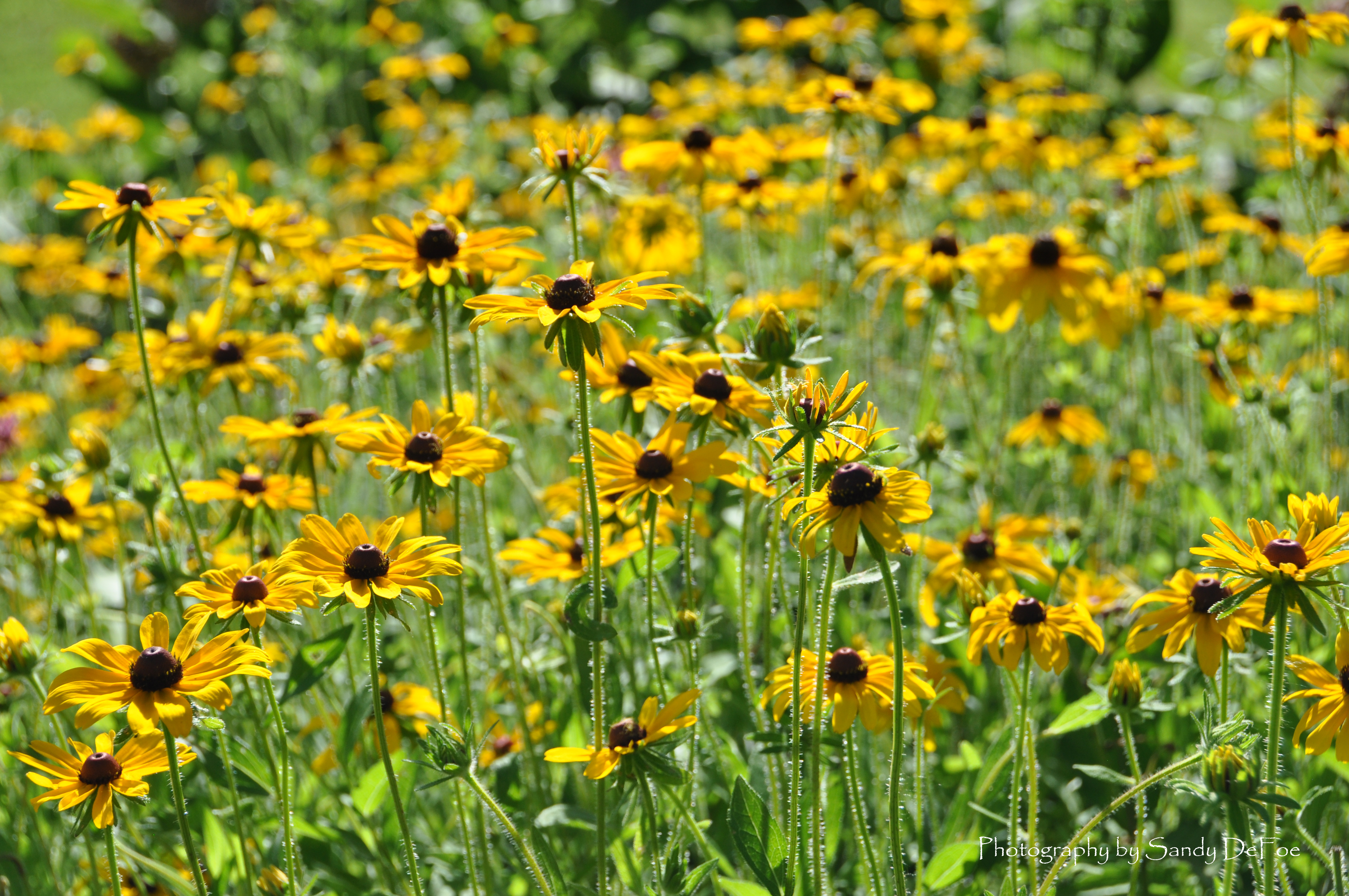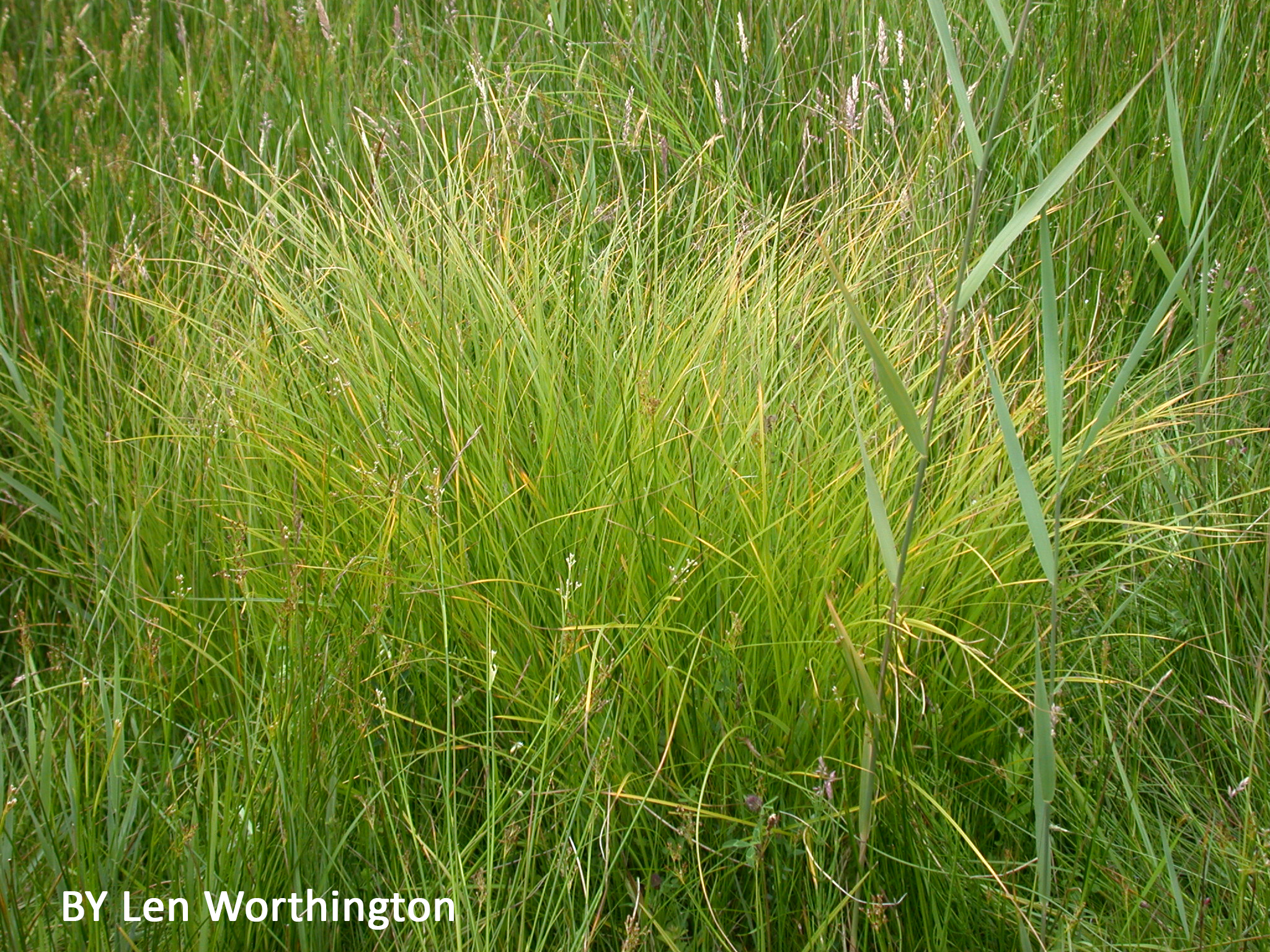The technique of planting in layers is neither new or revolutionary. For years, designers have considered the front, middle and back as layers in residential bed design, making sure that the three layers work together harmoniously. Rainer and West, co-authors of the book Planting in a Post Wild World, add an additional dimension to the mix. They also think in terms of vertical layers.

Instead of solely focusing on foreground, mid-ground and background, designed plant communities interpreting grasslands (as opposed to woodlands and forests) are organized into two major categories — the design layers and the functional layers. In this landscaping model, the design layer is the upper layer, the one most visible to the viewer. It consists of a structural layer and a layer of seasonal theme plants. The functional layers include the ground cover plants and filler plants. All layers are considered from both a horizontal and vertical perspective.
DESIGN LAYERS:
The structural layer

provides a foundation for the design. Plants in this layer are typically the tallest ones with stems and branches that last throughout the seasons and give winter interest to the design. They are long-lived and have strong form. Because they are so visually commanding, only 10 – 15% of the garden should be structural.
Examples:
Switchgrass

Rattlesnake master

Joe Pye Weed

The seasonal theme layer

is a dynamic layer that changes over time and seasons. Plants in the seasonal layer draw the eye and dominate the landscape for a few weeks at a time, until their flowers die or foliage color and texture fades. Then, a new display takes over. Mid-sized, when not in bloom, they act as a green support to structural plants. For a striking display, a significant portion of the bed, 25 – 40%, should be devoted to seasonal theme plants.
Examples:
Rudbeckia

Salvia

Solidago

FUNCTIONAL LAYERS:

The ground cover layer
is the heart of a well functioning designed plant community. These short, often quick spreading plants are responsible for tasks essential to the health of the planting. Ground covers prevent erosion, hold weeds in check, reduce soil temperatures, retain moisture and help to loosen compacted soil. Although ground covers are not usually known for intense displays of flowers, they do provide monochromatic masses that act as a foil to brighter, blooming plants. These base plants can be as much as 50% of the bed.
Examples:
Carex (Sedges)

Squaw weed

Rose verbena

The filler layer

consists of shorter lived but more opportunistic species. They tend to be fast growing varieties that fruit, flower and produce copious quantities of seed within their first or second year. Filler plants quickly take root in open spaces, acting as a cover to bare ground until slower growing and longer-lived perennials can take over. In a designed community, annuals, biennials and short-lived perennials can all act as fillers. Fillers usually occupy about 5 – 10% of a planting.
Examples:
Cardinal flower

Native phlox

Native columbine

Understanding the importance and interrelationship of each layer in the designed plant community is an essential step in creating plantings that are both aesthetically pleasing and ecologically sound. With the natural world disappearing at an alarming rate, designed plant communities are a path to the biological diversity our planet needs.

** Principles are adapted from Planting In A Post- Wild World based on my interpretations of the text and on conversations with Dan Nelson, lead designer at Embassy Landscape Group.
NEXT TIME: ECOLOGICAL FUNCTION, AESTHETIC FORM
